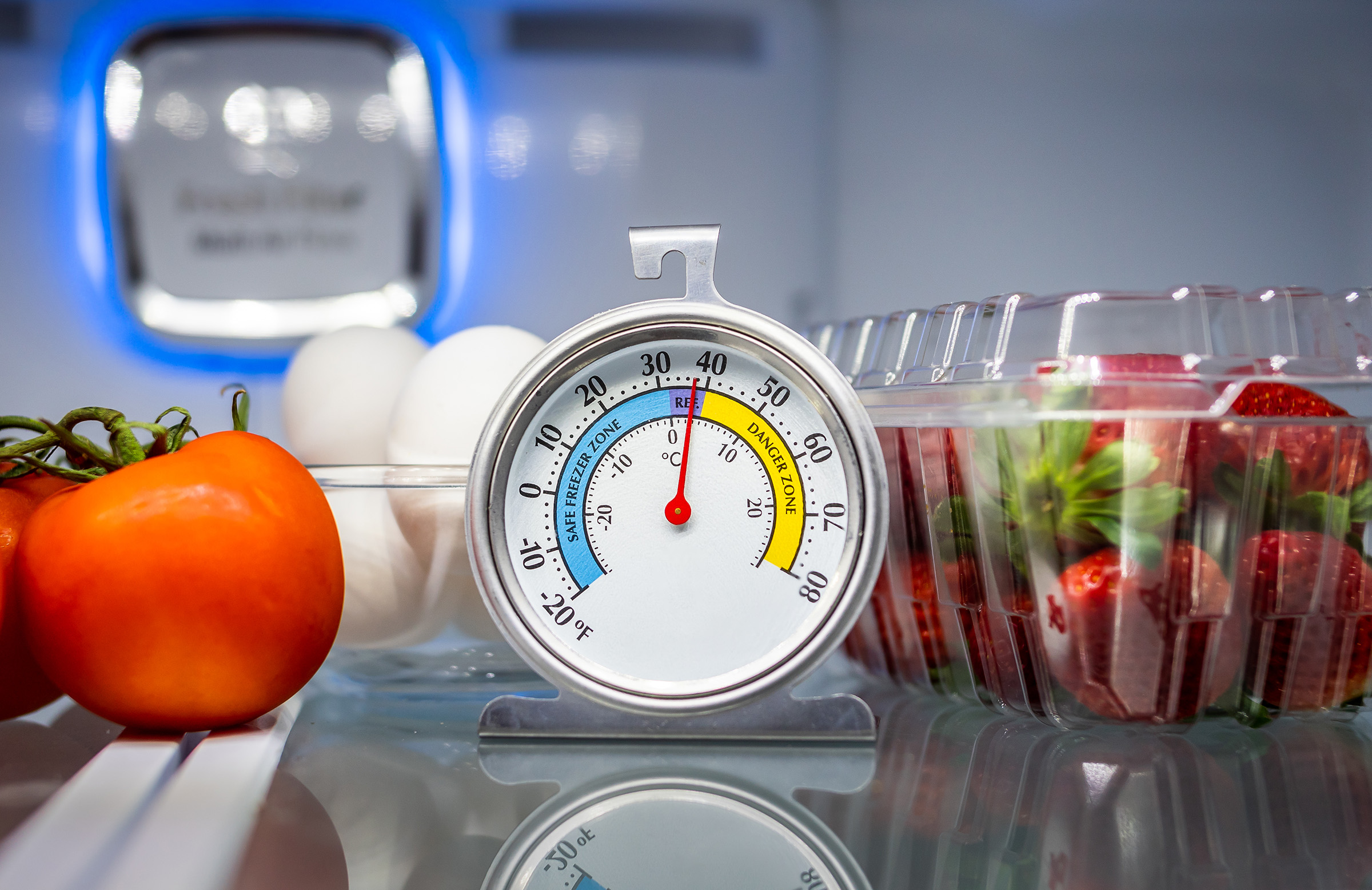Food Safety in a Power Outage
Monday, January 1, 2024
If there’s one thing Oklahomans know about it is dicey weather that can cause power outages. There’s something else Oklahomans know about … the importance of being prepared.
As we come into the season of freezing weather and possible ice storms that can render entire towns without electricity, Christi Evans, Oklahoma State University Extension assistant food safety specialist, has some tips for both before and during an outage.
“As in most circumstances, being prepared ahead of time is important. Consumers who don’t have an appliance thermometer in both the refrigerator and the freezer should purchase them now,” Evans said. “Refrigerators should run at 40 degrees Fahrenheit or below, while the freezer should be set at 0 degrees Fahrenheit or below. Knowing and monitoring the temperature in the refrigerator and freezer will help determine if food is safe after the power goes out.”
No matter what news channel Oklahomans watch, the weather professionals on the local news will keep residents informed with up-to-date severe weather forecasts. In the event of severe weather, Evans suggests checking the refrigerator to see if any items such as meat, poultry or leftovers can be moved to the freezer. Frozen foods will keep longer when the power goes out.
It’s a good idea to have ice and ice packs on hand which may be useful later on to help keep foods cold.
“Consumers can make their own ice containers by repurposing empty water or milk jugs by filling them with water and freezing,” she said. “These containers can be stored in the freezer to fill space. This will help keep foods safe longer during a power outage. They can also be used in coolers to keep foods cold.”
When the power goes out, try to keep the refrigerator and freezer doors shut to maintain the cold temperature inside. If a refrigerator remains closed, it will keep foods at the proper temperature for about four hours. Evans said if the outage is prolonged, refrigerated foods such as meat, eggs, milk, poultry, fish, soft cheeses, salads made with mayonnaise, cooked pasta and other leftovers should be discarded.
Foods in a full freezer should stay safe for up to 48 hours. The time limit is 24 hours for a half-full freezer.
“Be sure to check the appliance thermometer in the freezer. If the food is at 40 degrees Fahrenheit or below or has ice crystals, the food can be refrozen or thawed and cooked,” she said. “Check each package of food individually. Any foods that have an unusual odor, color or texture should be discarded. Never taste food to determine if it’s safe.”
A good rule of thumb to follow is if perishable foods have been kept at 40 degrees Fahrenheit or above for two or more hours, they should be discarded. Evans said this timeframe is cut to an hour when the temperatures are above 90 degrees Fahrenheit.
“Whether it’s during a power outage or not, it is important to always wash your hands before handling foods,” Evans said. “Foods such as meat, poultry, fish and eggs must be cooked to a safe minimum temperature to help ensure food safety.”
Here is a handy internal food temperature chart.

